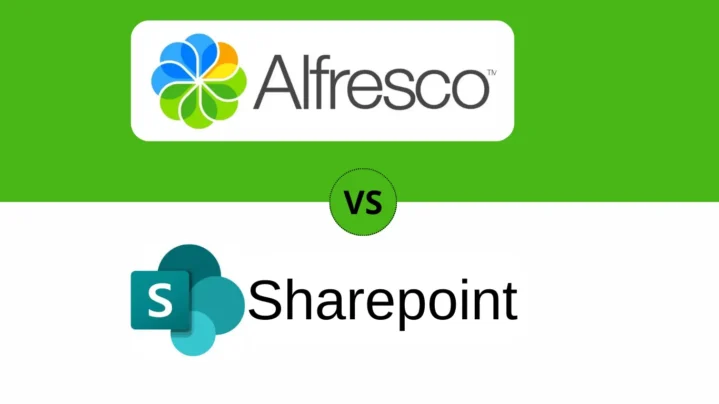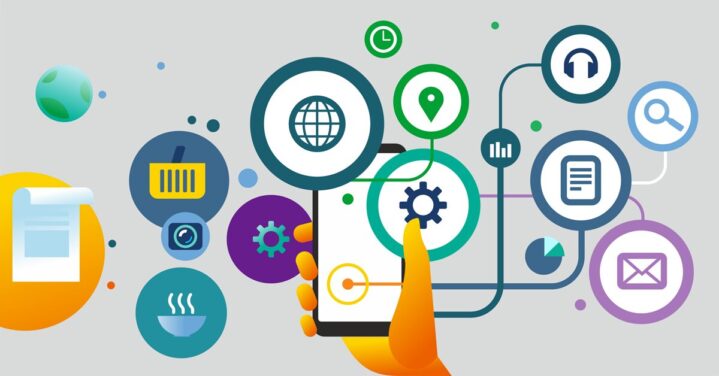When it comes to delivering technical documentation in the digital age, standards have shifted dramatically. We’re no longer in the era where manuals, service guides, and spec sheets came as thick booklets bundled with products. Today’s users — whether mechanics, software engineers, or hobbyists — expect fast, reliable, and user-friendly access to documentation. If you want your digital delivery to meet those expectations, it’s worth taking a closer look at how to structure, secure, and present your materials. In this guide, I’ll walk you through practical strategies that can make a real difference.
Key Highlights
- User expectations demand intuitive, fast, and mobile-friendly documentation access.
- The right mix of formats and platforms can improve satisfaction and reduce support load.
- Structuring files well and including interactive features like hyperlinks makes documentation more usable.
- Combining free and paid access options can build brand trust while protecting premium assets.
The Modern Expectations for Technical Documentation Delivery

In my experience working on tech documentation projects — from automotive manuals to complex software guides — I’ve noticed one thing: users don’t have time for friction. They expect to click, open, and get what they need instantly. A well-optimized digital delivery meets these core needs:
- Opens fast on any device — mobile, tablet, desktop
- Easy to search and navigate
- Supports offline access where necessary
- Offers clear versioning so users aren’t left wondering if they have the latest guide
A great example of this is the Vauxhall Combo Workshop Manual PDF Download. It demonstrates how cleanly structured digital delivery can save time and reduce frustration for users looking to fix or maintain their vehicles. No endless searching — just reliable access to the information they need.
Choosing the Right File Formats and Platforms

One of the first steps in optimizing delivery is selecting formats and platforms that serve both your business goals and your users’ needs. Let’s break this down a bit:
Common File Formats
- PDF: Still the gold standard for technical documentation. It’s universally supported, easy to download, and works offline.
- HTML5 guides: Perfect for interactive or live-updated documentation. Great if your content changes often or needs responsive design.
- ePub/Mobi: Rare for technical guides but may suit tablet-heavy or e-reader audiences.
Platform Types
- Self-hosted solutions: Offer full control over security and delivery but require IT management.
- Third-party portals: Useful for scalability, built-in security, and analytics — especially if you’re distributing to a large, global audience.
In practice, I’ve found that offering both PDF downloads and a web viewer satisfies most user bases, especially in fields like automotive repair, industrial machinery, and software deployment.
Structuring Documentation for Real-World Usability
Creating accurate content is only part of the job. The way you deliver that content — how it’s organized and presented — can make or break the user experience. Here are some strategies I swear by:
Organize for Clarity
- Use folders that make sense to users — by product model, software version, or system component.
- Clear naming conventions — avoid cryptic file names. Instead of “combo17finalv2.pdf,” try “Vauxhall_Combo_2017_Workshop_Manual_v2.pdf.”
Enhance Navigation
- Include a hyperlinked table of contents in PDFs.
- Add searchable text layers if scanning old manuals.
- Use bookmarks in long documents for quicker access.
Plan for Updates
- Always mark documents with version numbers and revision dates.
- Keep a change log visible so users know what’s new.
These small touches help reduce support tickets and improve user trust — I’ve seen it firsthand.
Balancing Free and Paid Access
Now, this is where things can get tricky. If you provide technical documentation as part of a paid product or service, how do you protect it while offering value? My advice is to design access that matches user expectations without compromising your business model:
- License keys or activation codes for premium documents.
- Time-limited download links to prevent redistribution.
- Tiered access: Offer basics (like quick-start guides) free, while in-depth manuals stay behind a paywall.
Interestingly, offering free resources can actually increase engagement. By providing access to a well-organized, useful manual, the brand builds goodwill — users see the company as helpful rather than gatekeeping vital info.
Speed, Security, and Global Reach: The Technical Backbone

You can have the best documentation in the world, but if delivery is slow or clunky, users won’t stick around. Here’s what I recommend to address the behind-the-scenes tech:
- Content Delivery Networks (CDNs): Improve speed for international users.
- SSL encryption: Standard today, but crucial for trust and security.
- Digital Rights Management (DRM): If you’re really protective of your IP, this can help safeguard PDFs.
In one project I supported, we migrated manuals from simple email attachments to a secured portal with a CDN. The results? Support requests for “missing manuals” dropped by over half, and site engagement shot up.
Practical Example: Automotive Documentation Delivery Done Right
To illustrate how these strategies come together, let’s look at a real-world case. I consulted for an aftermarket auto parts retailer that wanted to offer value-added content. At first, they emailed workshop manuals directly — which created chaos. Customers lost links, files were blocked by spam filters, and the support team was overwhelmed.
We shifted their delivery model to:
- A self-service portal with download tracking
- Instant PDF downloads secured with unique tokens
- A searchable online viewer for mobile users
Results:
- 60% drop in documentation-related support tickets
- Higher satisfaction scores in customer feedback
- Increased sales of complementary parts, as customers trusted the brand’s expertise
The takeaway? Invest in good delivery systems and your documentation becomes an asset, not just an obligation.
Tools That Can Help You Deliver Like a Pro

If you’re looking to level up your delivery infrastructure, these tools and technologies can make life easier:
- Alfresco / SharePoint: Robust document management systems with version control and permissions.
- PDF DRM solutions: For those who need to tightly secure intellectual property.
- React / Angular portals: Build sleek, responsive document hubs that work well across devices.
- CDNs like Cloudflare or Akamai: Speed up delivery and add an extra layer of security.
Final Thoughts: Think Like Your Users
At the end of the day, optimizing digital product delivery for technical documentation comes down to empathy. What would you want if you were in their shoes? Fast access, easy navigation, clear updates, and the ability to trust the source. Whether you’re offering a Vauxhall Combo workshop manual or the latest software deployment guide, your delivery method shapes how people see your brand.
